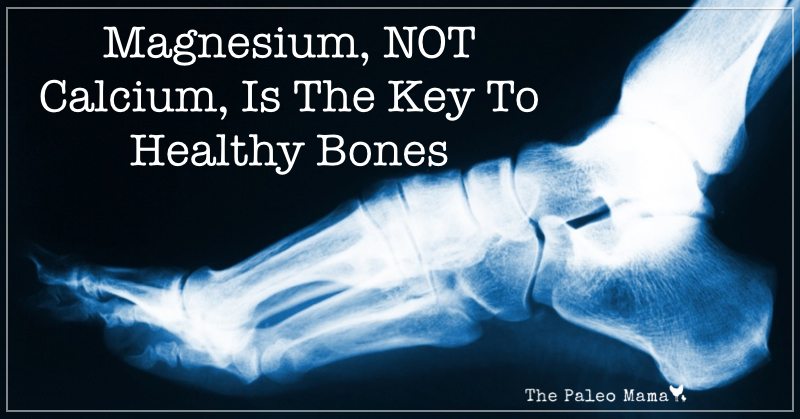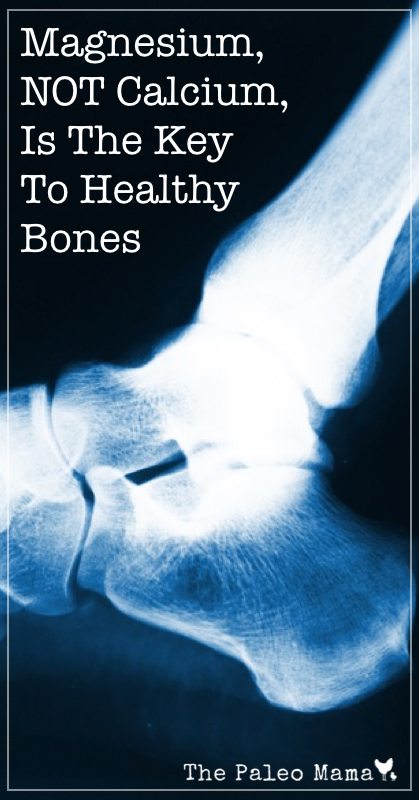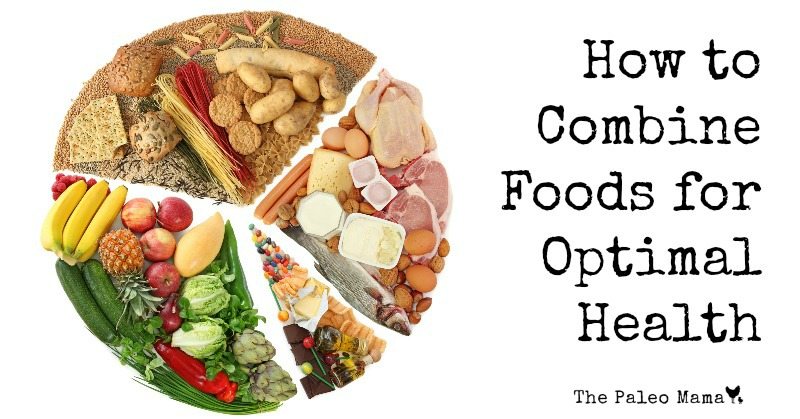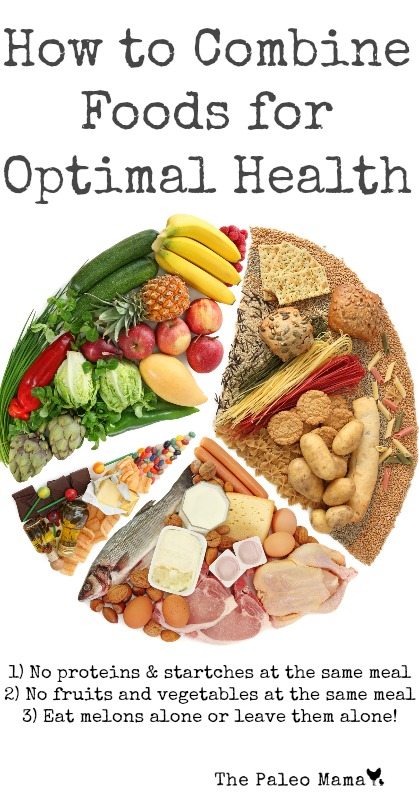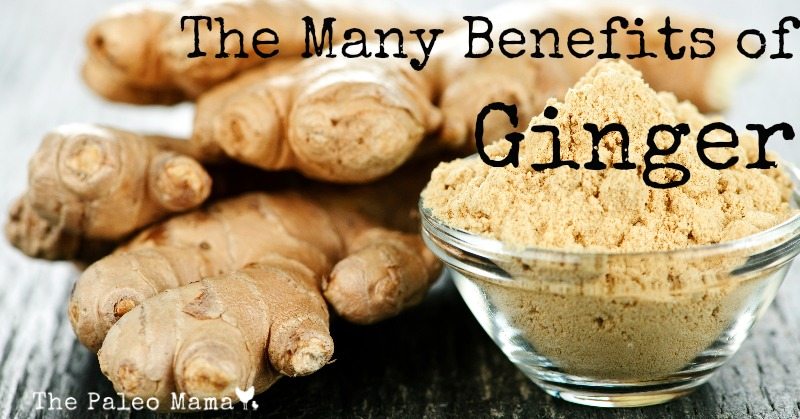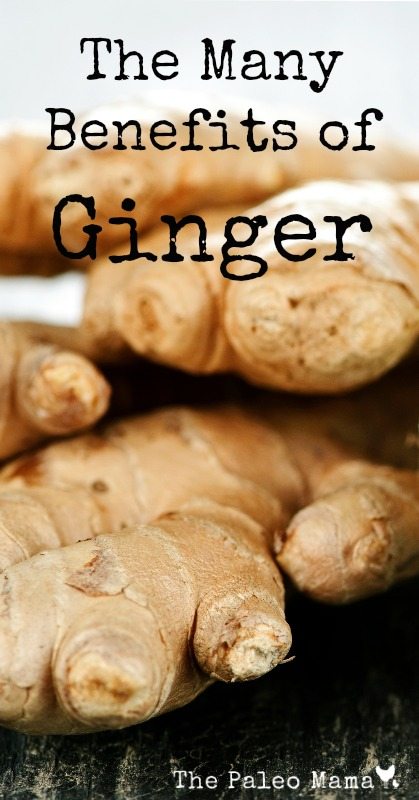
“Well, the good news is – it’s triplets!”
Not the sentence I was expecting to hear from a doctor I’d never seen before.
The day I learned my husband and I were expecting spontaneous triplets was one of the most memorable days of my life. I had a deep desire to birth any babies we were blessed with – naturally. I had a midwife, we were planning a home birth. I wanted to breastfeed.
But…three babies??
At the time I knew no one else who had triplets – lots of twins, but no triplets. And things just changed with a third baby in there (for instance, I had three babies and….well, not nearly enough boobs!).
And then.
My God-given, powerful maternal instinct kicked in, and I said, “I’m gonna do this!” We spent the next weeks and months working towards a natural, vaginal delivery. I researched and discussed with my chiro my options, went through all the potential challenges and plans with my OB team.
God had other plans, though, and my water broke at 32 weeks and 3 days (past term for triplets!) and less than 18 hours later, my three breech babies were born via c-section. It was a beautiful day – memories piercing my heart for decades to come. I watched each of my 3 lb, 12 or 13 oz babies being lifted from my body via mirror. Surreal. Breathtaking.
The Challenges I Faced with Breastfeeding Triplets

NICU Days
They spent 28-30 days in the NICU as “feeders and growers.” During that time, I battled to get my supply up. You see, in all the craziness of an unexpected delivery, delivering three babies and trying to get my post-op body to spend time with my brand new babies…I missed the critical window for telling my body, “Yep, you delivered three babies! Now, make milk for them!!!”
Add to that, my sweet babes were born before they learned the “suck, swallow, breathe” coordination in the womb. So they were being fed my milk and formula by a tube that went to their stomach. Then we taught them how to take from a bottle.
Initially, I had hoped to breastfeed two and pump for the third, rotating who was bottle-fed. But, once they were born I realized I should be able to breastfeed all three. So I read books. And websites. And blogs. I found online communities of triplet mamas. I talked with several different lactation consultants. I took herbs and medication. I drank gallons of water. I pumped around the clock.
Turning Bottle-fed Triplets into Breastfeeding Triplets
After the shock of bringing three babies home from the hospital (nearly 33 weeks didn’t prepare me for what that would be like!), I quickly realized teaching three babies to breastfeed was a monumental task. On top of getting my supply up.

After more and more research and conversations with my LC, and around two and a half months, I began working with my son to breastfeed. A week or so later, one of the girls. One feeding looked like this:
- Attempt tandem feed. If it didn’t work, feed one at a time.
- Top off with bottles.
- Bottle-feed the third.
- Pump.
- Start over in about an hour and a half. All day and night.
My third refused the breast for weeks. I cried. A lot. I tried positions and supplementing before, supplementing after. I tried a supplemental nursing system, a nursing shield. I tried pumping while breastfeeding her. I tried nursing her first, last, with a sibling, without. Refusal. Rejection.
My heart was so defeated.
Then I got in the bath tub with her. And there, she nursed. She nursed with the warm water gently surrounding her, feeling my heartbeat matching hers in that thrilling moment as I fed my daughter. My heart soared and I cried with joy and thankfulness.
Breastfeeding Triplets – 1, 2, 3 Babies
It wasn’t long after this moment that I had the second most memorable day in our breastfeeding journey.
One afternoon, one of the girls woke and I brought her into bed with me. I nursed her. Soon after, her sister and brother woke and I fed them. What??!! I fed all three babies and everyone was happy! No bottles were needed!
My body worked.

The demand was there and my body created the supply. From that moment on, I realized I could do this thing.
A Glorious Journey – My Journey

The road was the most difficult one I had ever walked. I was now making decisions that affected three tiny people – my children!
- Do I drop a bottle now? Not yet?
- Are they gaining enough? Did everyone have enough wet diapers?
- Was that a “hungry” sign or are they just digging their hands these days?
- Should I drink more water? Pump more? Eat more?
- Can I start weaning off the supplements? The medication? What would it look like for my supply to tank?
- How do I know if they really got enough?
Every day I fought against fear and fought to trust that God was causing my body to work the way He designed it to. I had to choose to walk in what I knew and make adjustments with what I learned.
My breastfeeding journey didn’t look like what I thought it would. At all! In many ways, it’s far more glorious than I ever dreamed it could be. And in other ways I fell short:
In the post-whirlwind of having three babies, I can clearly see the things we missed and what we could have done differently. But you know what? I was doing the best I could and I’m learning to be ok with that.
These days, at two and a half, we’re working on different things – like how to slowly wean. Yep, these beautiful babies are still nursing! We just weaned to one feeding when we all wake up in the morning. It’s one of my favorite times of the day – especially as I know those days are coming to a close. I hope to let them wean on their own at this point.
We’ve enjoyed a long, crazy, beautiful, fantastic journey. I couldn’t be happier.
Did your breastfeeding relationship include challenges? How did you overcome those?
 Jennifer Fountain is the founder of Growing Up Triplets and is a contributor to other blogs, including Breastfeeding Place and Modern Alternative Mama. She writes about raising and breastfeeding their 2½ year old triplets, taking the family back to living simply, and endeavoring to honor God in the midst of it all. She will be releasing her first book soon – on breastfeeding multiples. Jennifer has been married to her hubby, David, for four years and is madly in love with him! You can follow Jennifer and the three peas on Google+, Facebook, Twitter, Pinterest and their blog.
Jennifer Fountain is the founder of Growing Up Triplets and is a contributor to other blogs, including Breastfeeding Place and Modern Alternative Mama. She writes about raising and breastfeeding their 2½ year old triplets, taking the family back to living simply, and endeavoring to honor God in the midst of it all. She will be releasing her first book soon – on breastfeeding multiples. Jennifer has been married to her hubby, David, for four years and is madly in love with him! You can follow Jennifer and the three peas on Google+, Facebook, Twitter, Pinterest and their blog.


